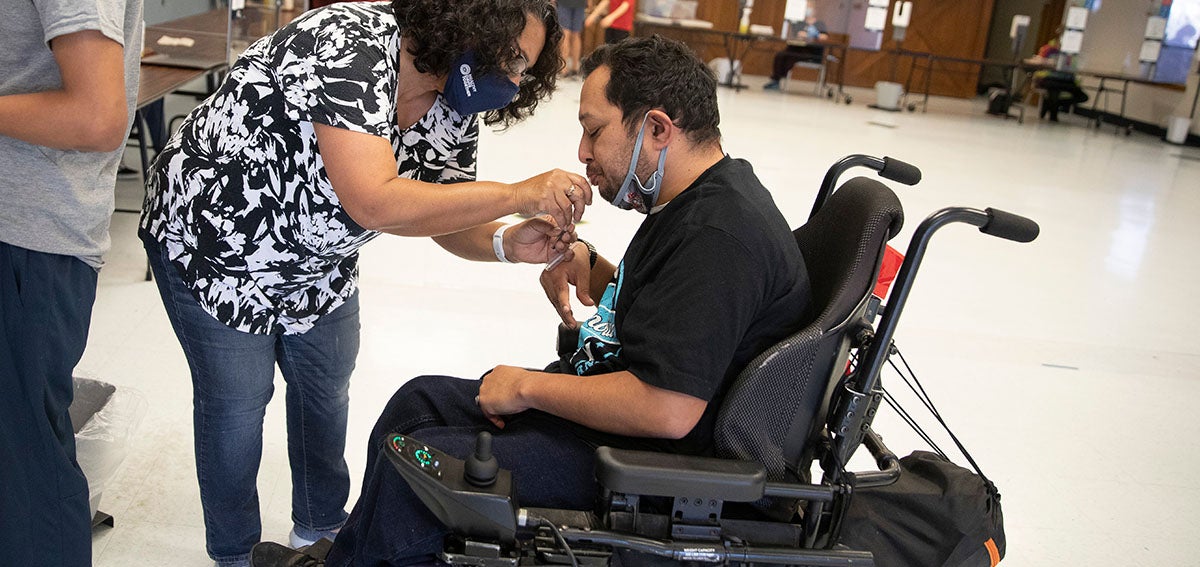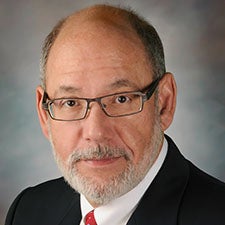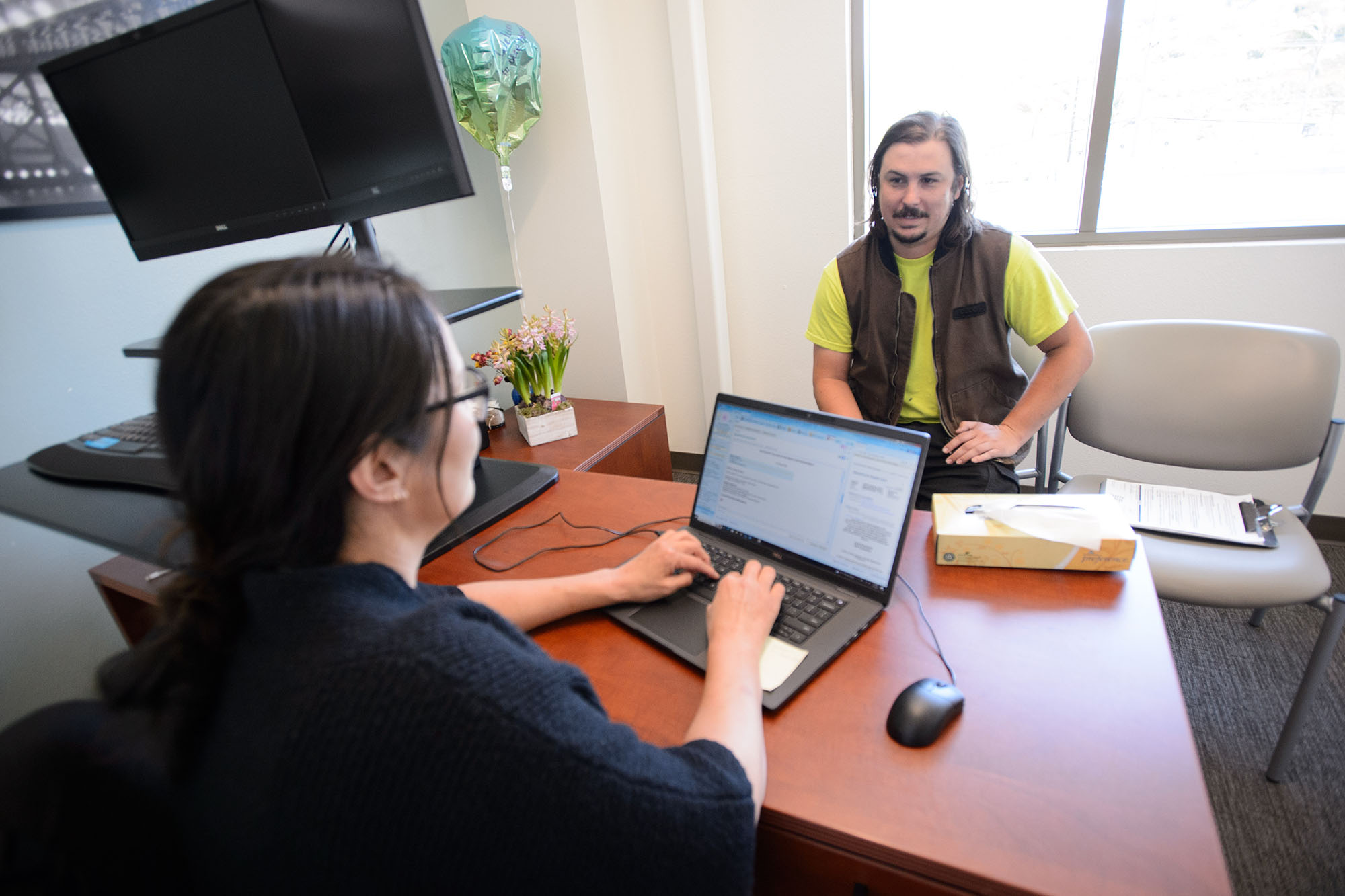
In Davis, California, we fared better than most communities in the era of COVID-19. Our pandemic response initiative, Healthy Davis Together (HDT), did something no other program did at the same scale: we extended COVID-19 resources offered at the University of California, Davis, campus to the surrounding area, including free saliva-based testing, environmental monitoring, and health promotion. Our data analyses and an independent evaluation found that we decreased COVID-19 infections in the community by 60%, resulting in averted hospitalizations and lives saved. The program also brought the Davis community together and facilitated a safe and gradual return to city activities and campus life.
Like many communities during the pandemic, we encountered challenges, such as confusion over shifting public health guidance and gaps in our public health infrastructure. But we overcame these obstacles by quickly establishing partnerships, rapidly implementing needed technologies, and consistently gathering and sharing critical, real-time data to ensure maximum impact. We believe the lessons learned during HDT’s 21 months and those outlined here can improve preparedness for future public health crises.
Lesson 1. We Need Technology Investments Immediately
We need standardized, secure, interoperable surveillance systems in place to safely leverage critical health data — and we need them immediately. Local health departments need timely access to health data and analytics to better direct their efforts. California’s Assembly Bill 133 — signed by Governor Gavin Newsom this year — commits to building a statewide health information exchange by requiring providers and health plans to share data with each other by 2024. Although the state does not mandate counties to participate, county health departments and the communities they serve stand to benefit greatly, particularly during a public health emergency.
At the outset of HDT, we needed a means to register and securely communicate test results to tens of thousands of people, and it had to work seamlessly with testing sites, labs, and users. We repurposed existing software to securely store and communicate private health data, but communities cannot rely on last-minute solutions. Local and county public health departments need access to the technology necessary to support the health of our communities.
Lesson 2. We Need Access to Real-Time Data
Government agencies need better ways to evaluate how public health efforts are working. If news outlets can complete public opinion polls in a day, public health officials should be able to collect real-time data to determine whether their constituents are implementing the recommended preventive health practices.
With HDT, we invested in data gathering by regularly surveying residents. The resulting information allowed us to respond quickly by tailoring health education messages and delivering the information and services needed. We also shared the data with public health officials and published white papers based on the insights gleaned from the data so other communities could apply lessons to their own pandemic responses. Likewise, health officials and the communities they serve need a simple way to assess the effectiveness of public health interventions, gather community feedback, and make real-time changes based on the data.
Throughout the pandemic, the lack of timely data made it difficult for public health officials to respond effectively. HDT prioritized gathering and sharing COVID-19 data with our community, including public health officers, partners, and residents. For instance, we updated our website weekly with COVID-19 positivity rates, information on detected variants, levels of SARS-CoV-2 RNA in wastewater, and more. Providing these data allowed our community to make better-informed decisions about following public health guidance as they returned to regular city activities.
Lesson 3. Partnerships Are Essential in Public Health
Cooperation and coordination should be central to any public health response. Throughout the HDT program, partnerships were a cornerstone of our work and essential to building trust within our community. Knowing we could not respond to the pandemic alone, HDT began in September 2020 as a partnership between the city of Davis and the university and quickly grew to include the Yolo County health department, Federally Qualified Health Centers, K–12 schools, businesses, faith leaders, and community-based organizations. For example, our partnership with Yolo County Health and Human Services Agency and the public health officer was critical to HDT’s success. The health department supported our effort to establish free saliva-based PCR testing in Davis, helped us identify where to direct resources (such as to long-term care and assisted living facilities), and successfully advocated for our program to expand testing in schools and other sites throughout the county.
Relationships like those with the local public health department allowed community members to get the latest and most accurate information from trusted sources. They helped us target interventions based on need — from mobile vaccine teams to expanding the hours and access to PCR testing sites while continuing to ensure rapid turnaround of results. Because public health happens at all levels, local governments have a unique opportunity to foster partnerships with their constituent communities so that trust and resources are in place before public health emergencies occur. It’s not too late for us to forge those partnerships now.
While the main factors of our success were our partnerships and the commitment and collaboration of Davis and Yolo County residents, our program had the benefit of resources, including funding from a mix of philanthropy and university, state, and federal grants. These resources, including experts from the city, county, and university, allowed our program to strengthen trust and to improve access to technologies and data. We must make a commitment and allocate resources to improve our national public health infrastructure or we will continue to stumble when faced with future infectious disease threats. Let’s not miss the boat on applying lessons learned from these most recent public health emergencies.
Authors & Contributors

Brad Pollock
Brad Pollock is distinguished professor of epidemiology and chairman of the Department of Public Health Sciences at the UC Davis School of Medicine. As program director of Healthy Davis Together, he led the 21-month COVID-19 pandemic response initiative in Davis, California. He is a fellow of the American College of Epidemiology.



